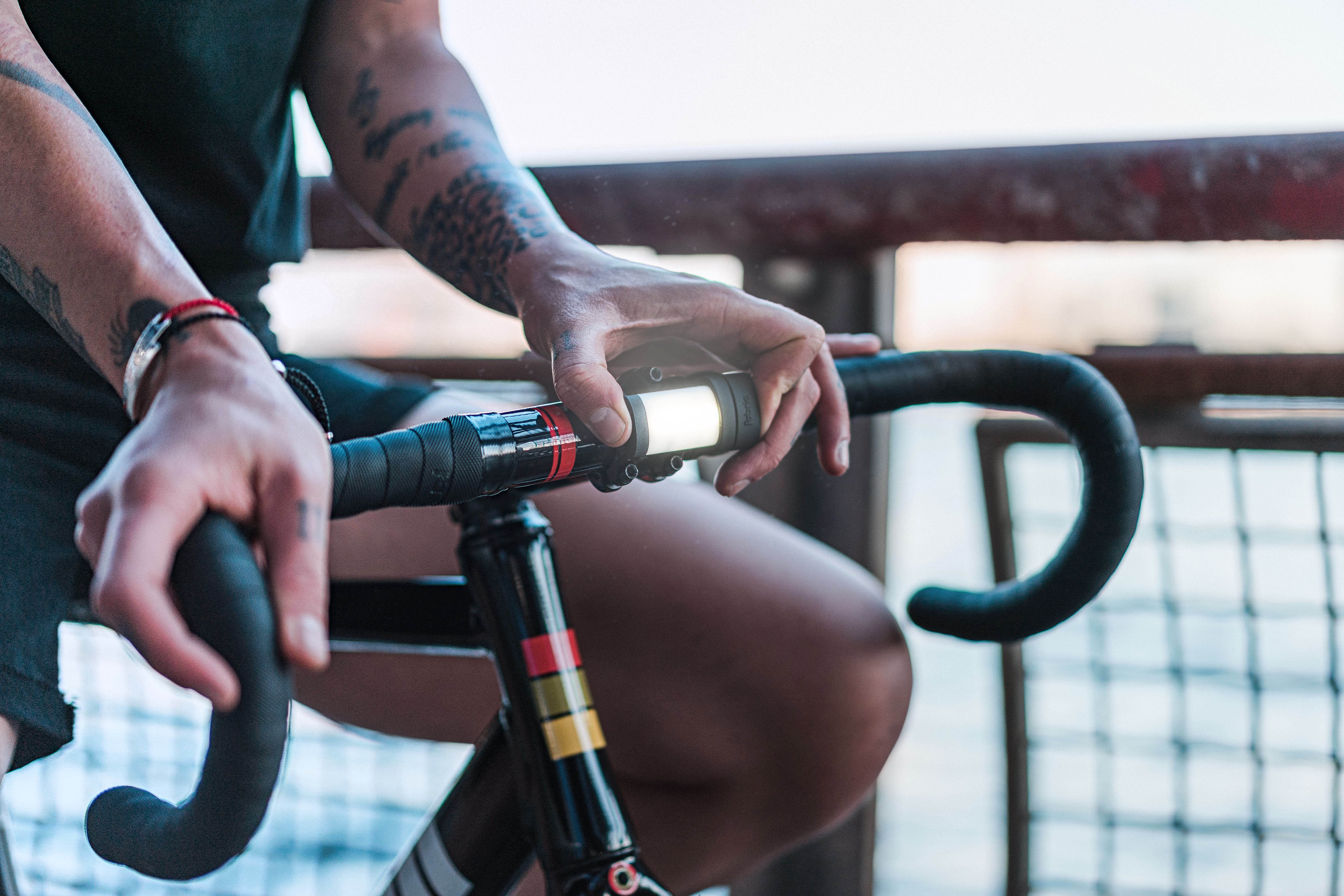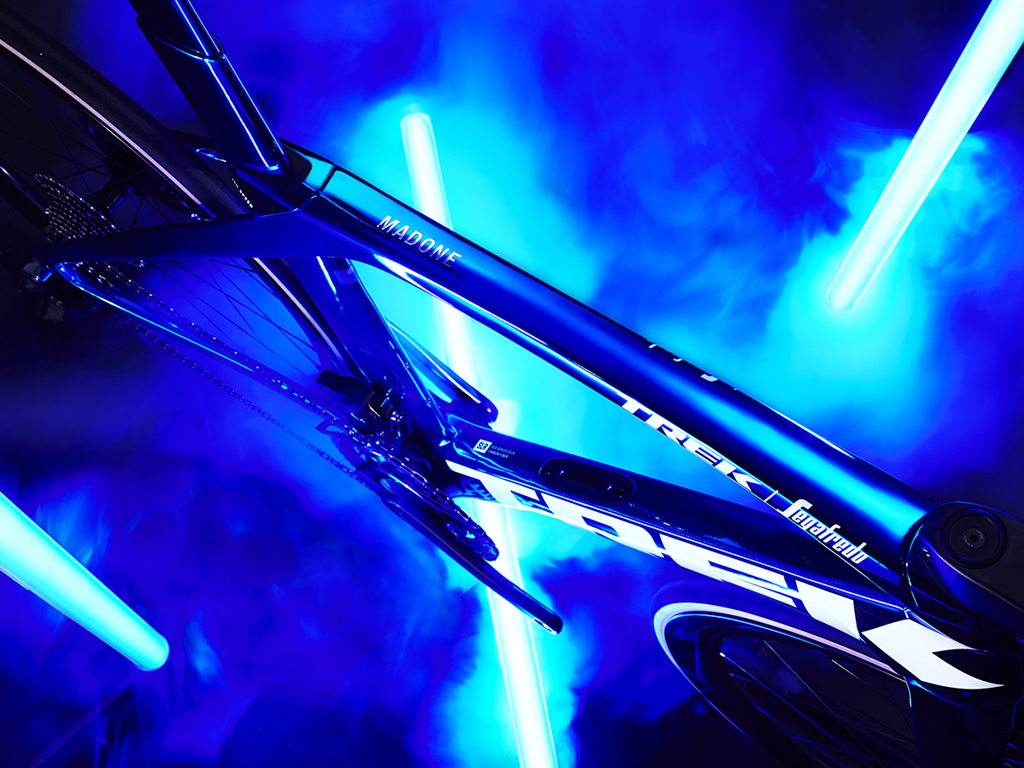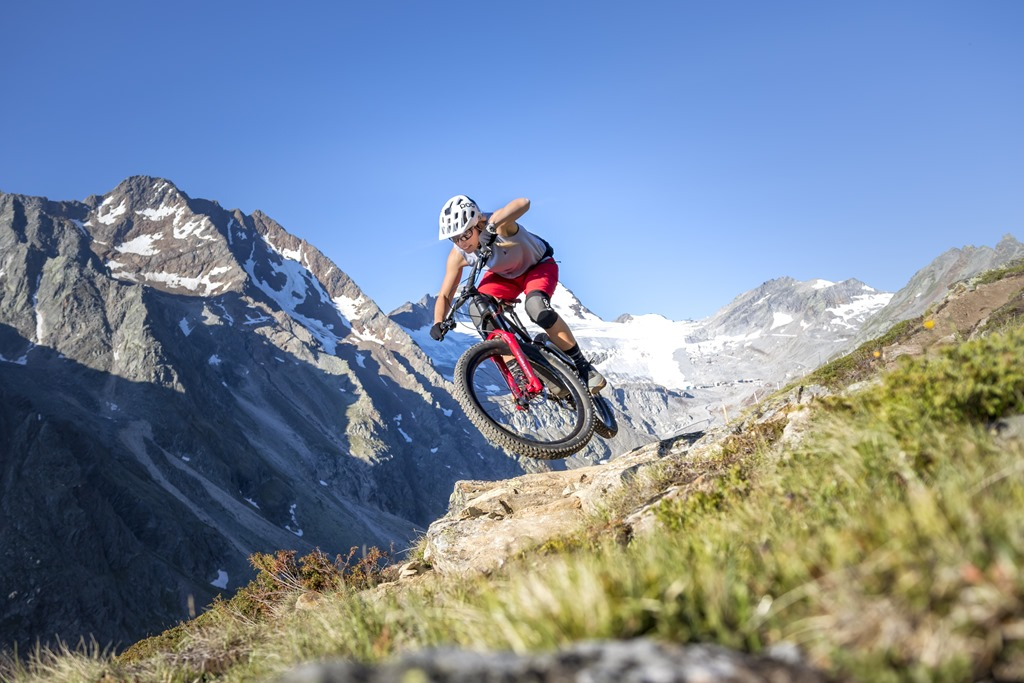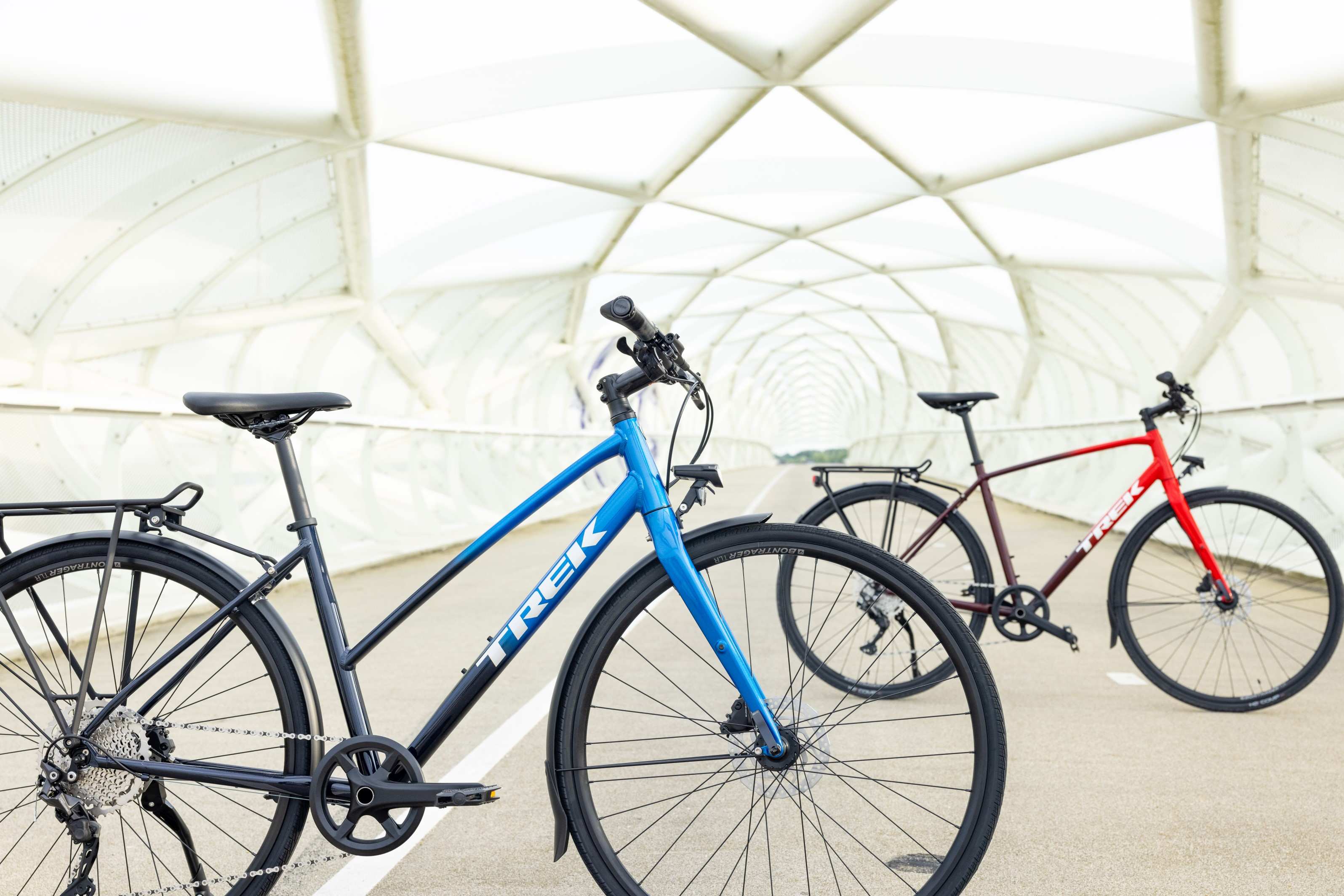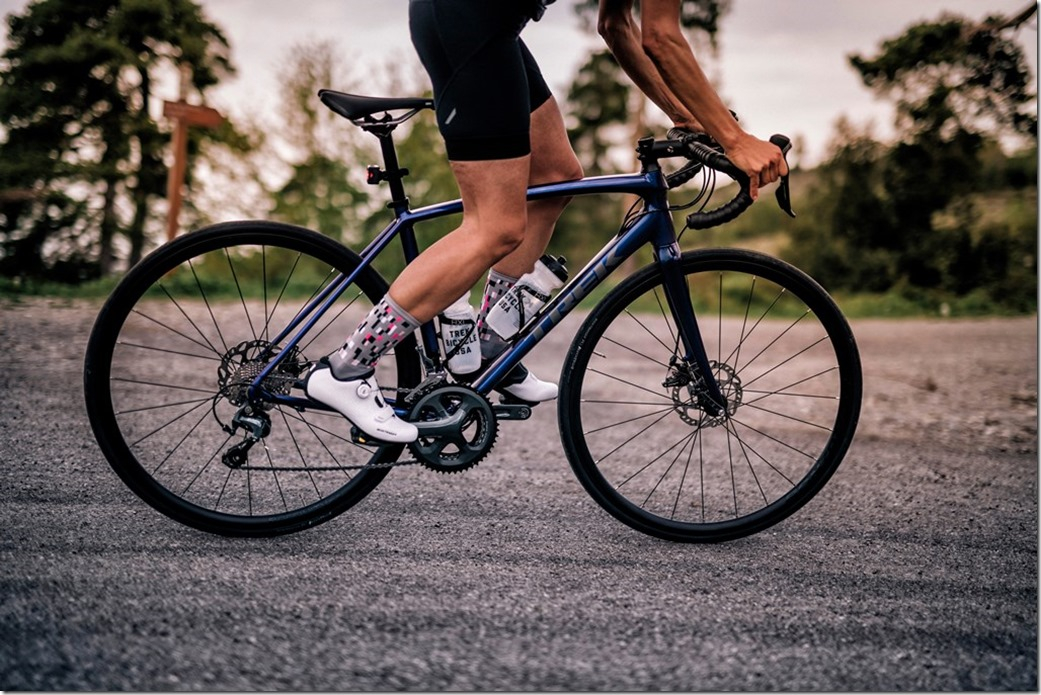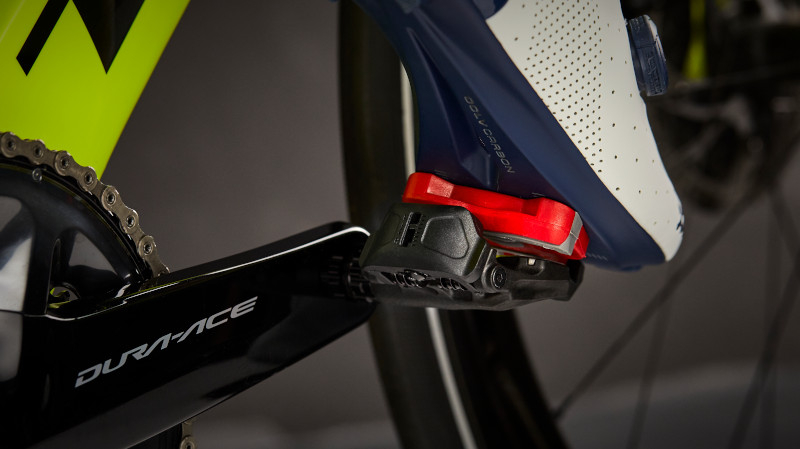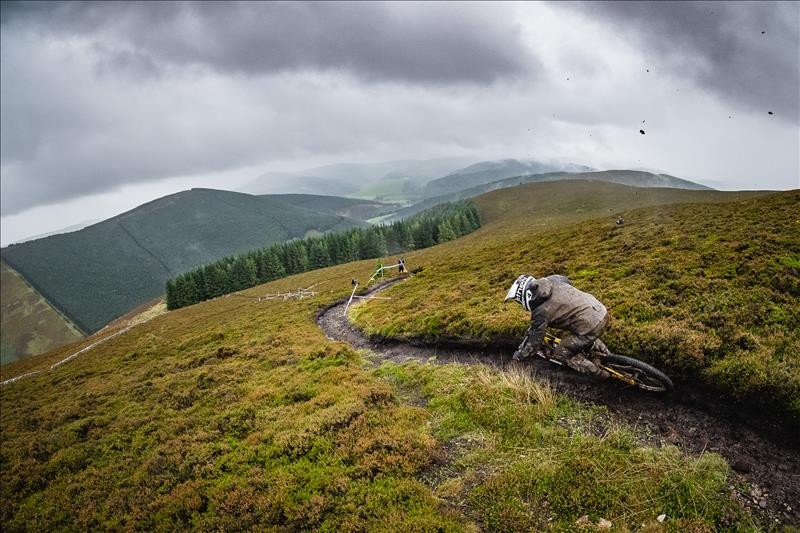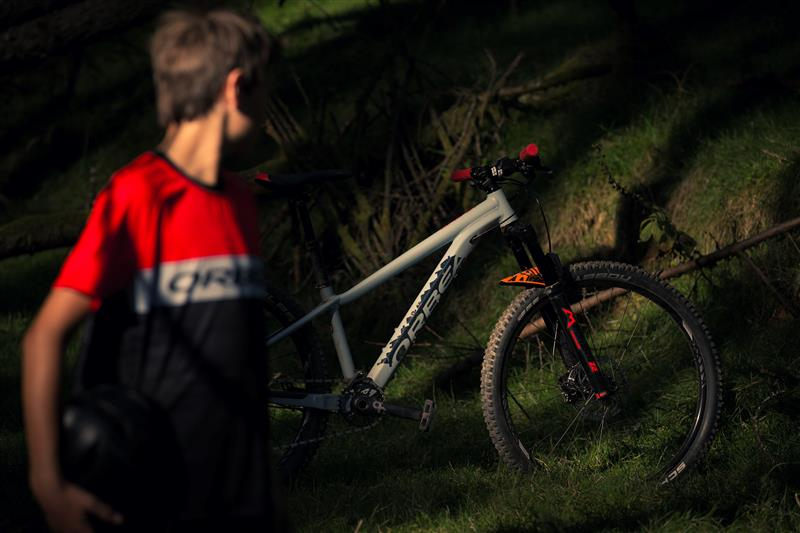Which Cycling Shoes For Triathalon
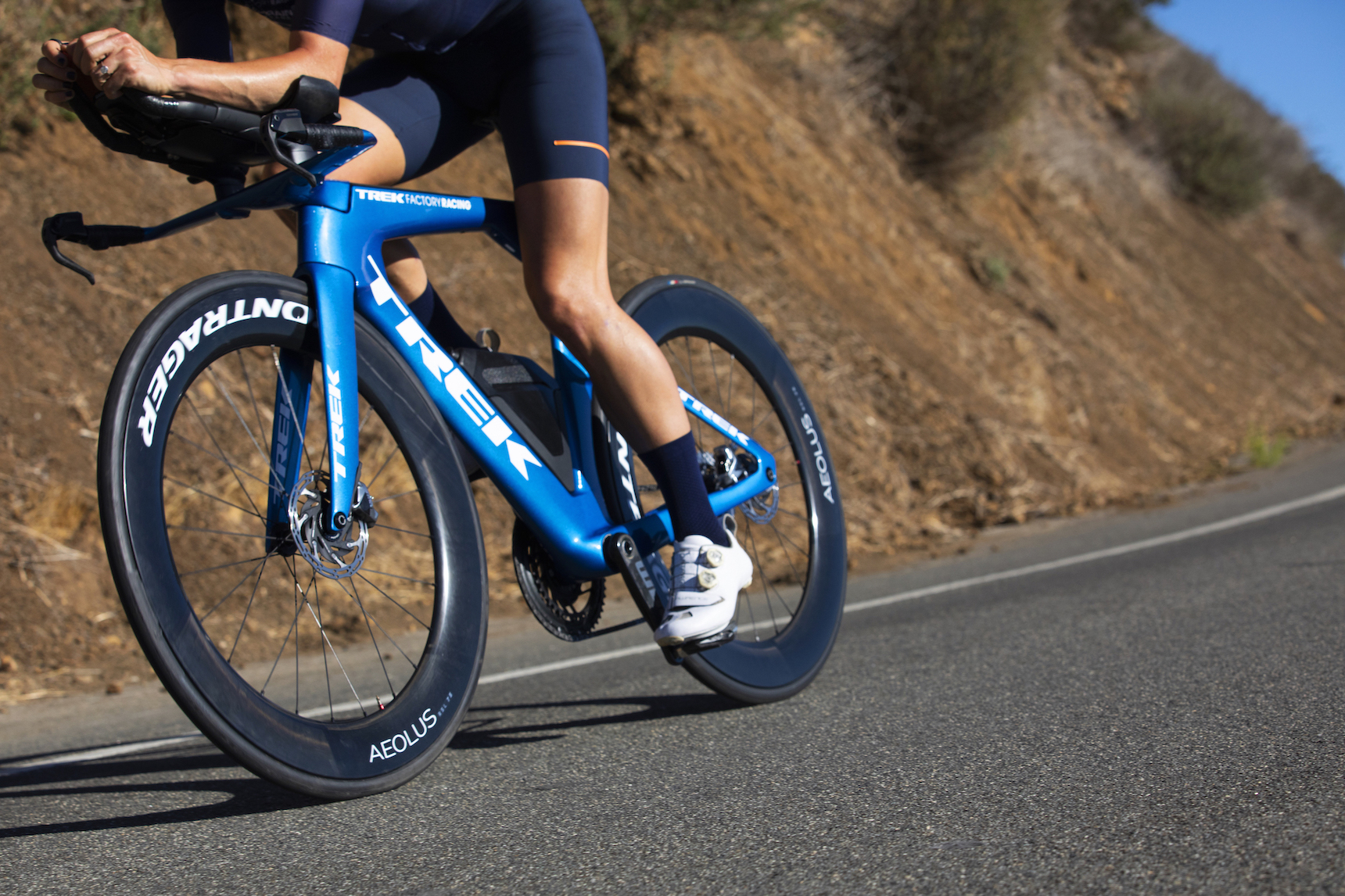
Which Cycling Shoes For Triathalon
Deciding Which Cycling Shoes For Triathalon riding is complicated; there is no straightforward answer. Clipping into pedals is one of the best ways to increase your speed. Allowing you to add power on the pull and push of the pedal, which is vital when competing. Clipping in can be fiddly. If you've never done it before takes a little practice to get a feel for it.
Clipping in works simply; you screw a cleat onto the bottom of your shoe; the cleat then clips into the pedal. You need to consider things like compatibility; for instance, a road cleat does not fit into a mountain bike pedal, and a road cleat does not work on a mountain bike shoe! Some Triathalon shoes will accept a road or a mountain bike cleat giving you a little flexibility. We'll cover this and the pros and cons of what's on offer to help you choose the right shoe for your performance.
Cleats
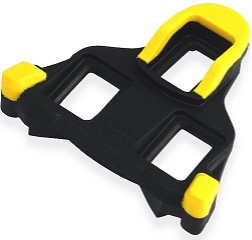
Road Cleat 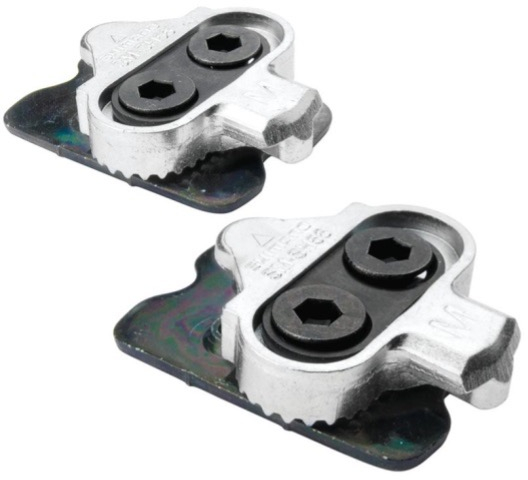
Mountain Cleat
Let's start with Cleats. The pros and cons of cleats depends on how you transfer. This will, in turn, affect your choice of shoes and pedals.
There are different pedals and cleats for road riding and mountain biking, the main differences being the area they take up under the shoe and the number of bolts the cleat uses to attach to the shoe. Road Cleats take up more space on the shoe's sole than mountain bike cleats; they also use a three-bolt fit, whereas mountain cleats use two.
These two factors are all about performance; the larger surface area and spread of a road cleat allow you to put more power through the pedal, potentially achieving more speed. However, running in shoes with road cleats is difficult due to the cleat's prominence from the shoe's sole. This is where your cleat choice could make a difference to your post-ride transition. Mountain bike cleats are smaller and protrude alot less than road bike cleats, making them much easier to run in.
The Majority of Triathlon riders pre-clip their shoes into their pedals. Meaning they Transfer to the bike by putting their shoes on, saving time by not having to put their shoes on, AND clip-in. If you don't do this it may help to know that the larger road bike cleat is possibly one of the most straightforward clip-in actions, meaning you are less likely to be shuffling your foot around to find the mechanism and get moving.
Shoes
These variables are why some Triathlon specific shoes come with the ability to fit Mountain or Road SPDs.
There is no wrong choice of shoe to participate in a Triathalon in. It depends on your strengths and weaknesses when transitioning, riding and running. This is why some Triathlon specific shoes come with the ability to fit Mountain or Road cleats. You could of course compete in a Mountain or a Road shoe.
Triathlon shoes differ from a traditional road bike or mountain bike shoes featuring more ventilation points to allow your feet the opportunity to dry after your swim. Not forgetting the main issue here; SPEED! As mentioned above, most Triathlon athletes put their shoes on already clipped into the pedals. Triathlon shoes are quick and easy to get on feature a heel strap and either Velcro fastening, BOA or a mix of the two. BOA is a dial system allowing quick release and tightening of a lace-up style if you prefer that to a Velcro fit. You also get some of these features on road and mountain bike shoes.
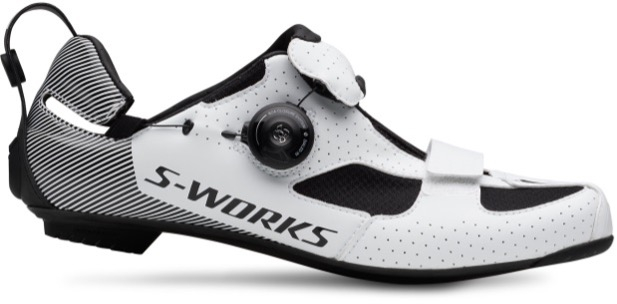
BOA fastening 
Velcro Fastening
Pedals
Here are a few technical terms that will come in handy:
Float is a term used a lot in regards to all clip-in pedals, and it refers to the amount of left to right movement the cleat allows your foot to make while clipped into the pedal. Remaining rigid during a pedal rotation would be uncomfortable and damage your knees. The most common pedal brands (Shimano and Look) use colour-coded cleats to show the Float's degree of movement. Note the more substantial the degree of Float, the more significant action you need to make to unclip the cleat from the pedal. 6° float is the most commonly used as it allows enough leg movement but doesn't make unclipping a significant ankle twist.
SPD stands for Shimano Pedalling Dynamics. SPD is a type of pedal, but it is so popular most people now refer to pedals as SPD's. Shimano is a Brand; the term SPD is being used much like Hoover is for a vacuum cleaner or Sellotape for sticky tape. The other leading brand in Road pedals is Look; look pedals work the same way as Shimano; you clip into them the same way, and the cleat dictates Float.
Shimano uses SPD as the term used for pedals that fit two screw cleats on mountain bikes. SPD- SL is the term used for pedals that fit the three screw cleats on road bikes.
The remaining variables with pedals are the surface area and material. A carbon pedal is lighter, and it may be worth that extra cost for the few grams saved if weight is your concern. Surface area does vary slightly between brand and model. For instance, the Shimano R550 traditionally thought of as the starter Road SPD-SL has a wider cleat and mechanism for better contact than traditional SPD systems making them easier to clip in and out of.
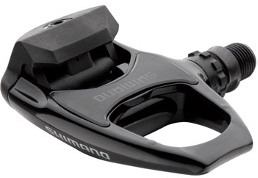
Road SPD-SL 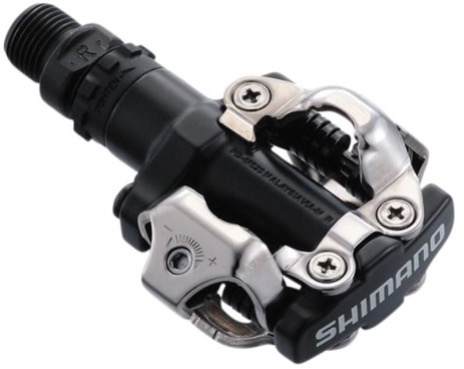
Mountain SPD
Fitting
Most Triathlon shoes will feature geometry to reduce the chance of hip and knee strain or injury, but as mentioned above, Float is also essential. Lining your cleat up correctly when adding it to your shoe will also avoid damage to your knees, ankles, and hips. The secret is your foot should sit straight and not at an angle when initially clipped in. This is integral to ensuring you stay comfortable and injury-free. Taking the tools you need to adjust your cleats with you for the first few rides to make any adjustments is advised. when it comes to sizing we know it can get tricky with some brands fitting closer than others. Cycles UK offers a Comfort Guarantee, which covers shoes, so there's no hassle getting the right fit.
